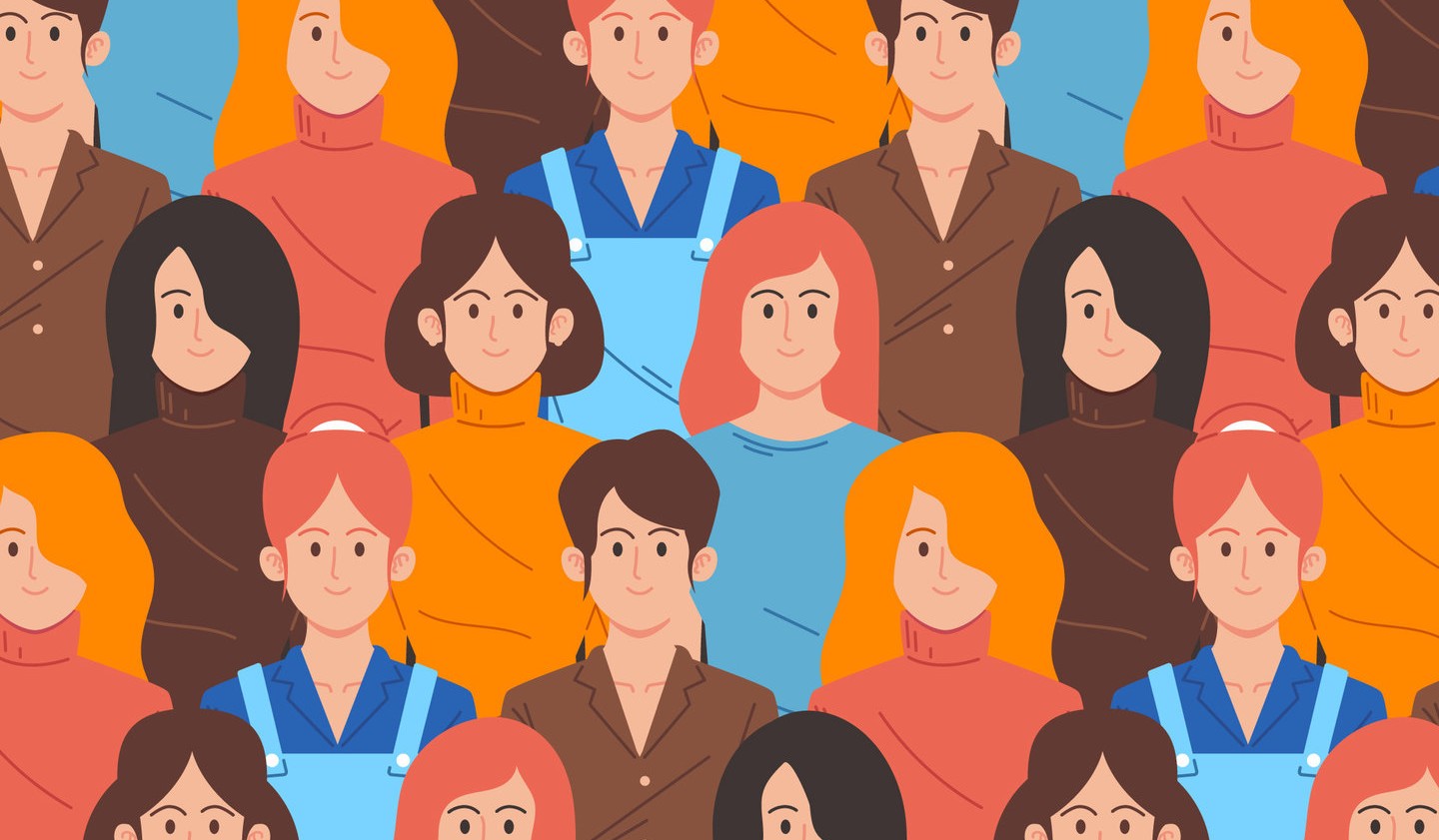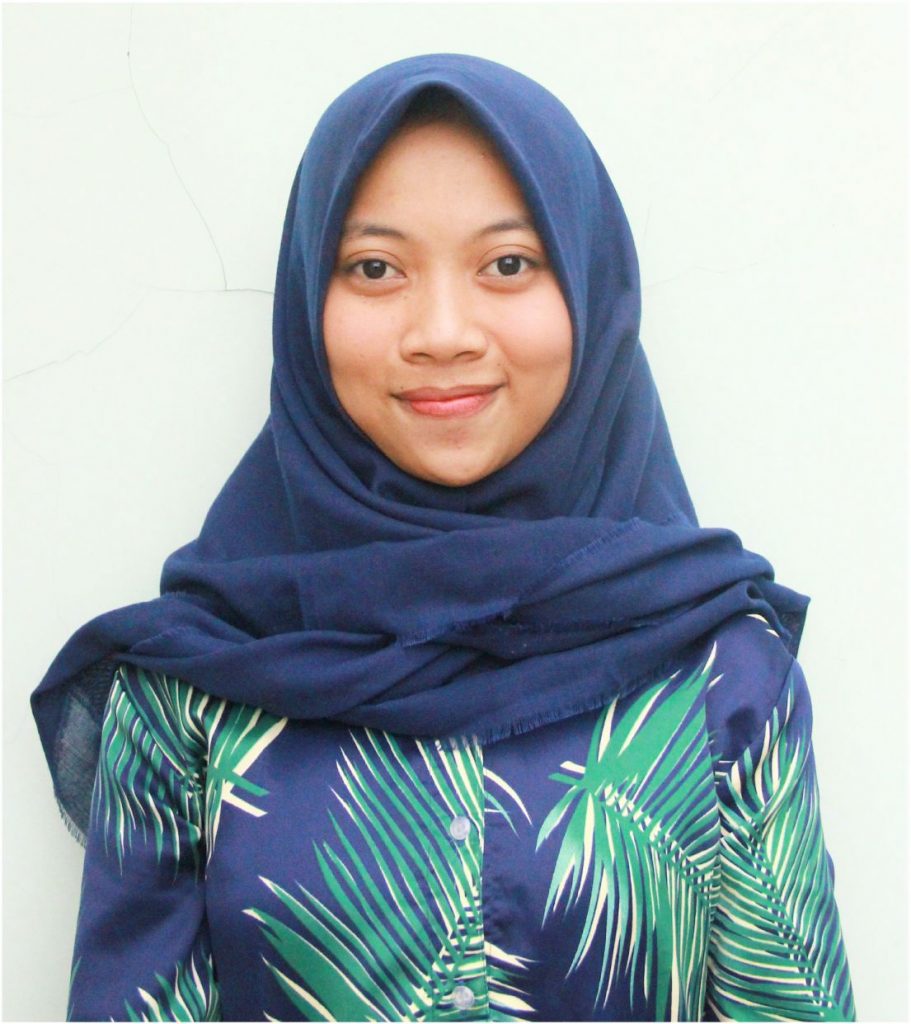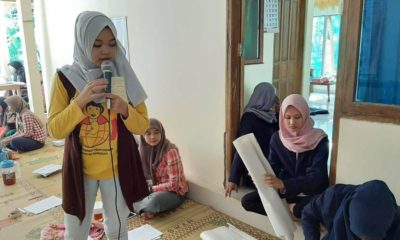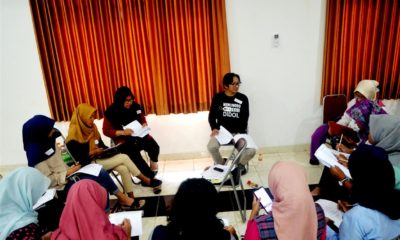Opinion
International Crime Trafficking
Published
4 years agoon
By
Mitra WacanaBy: Rizka Adhe Yuanita
Human trafficking is a problem that has existed since the Dutch colonial era, particularly human trafficking in women and children. Until now, human trafficking cases still exist. Trafficking in persons cannot be underestimated, as it will has a negative effect (psychological, physical, economic, etc.). This is a social problem that gradually become a community crime, where in being subjects of trafficking, humans are viewed as objects.
In addition to the lack of effective law enforcement for traffickers, the involvement of community members in prevention is very important and must be mentioned, because there is not yet widespread knowledge about anti-trafficking. Therefore, the level of awareness of the impacts, prevention efforts, regulations and the reduction is not yet widely understood. Generally, the most common victims of human trafficking are women and children. Today, as technology develops, the methods used are increasingly developing, through messaging applications, online media and social media.
In addressing the problems above, Mitra Wacana staff, intern students from Solo State University and several foreign students (America, Australia, China and Congo) held a joint discussion on Monday 21 January 2019 to discuss the topic of human trafficking in America and in Indonesia. Walska, a student of George Mason University, was a speaker. In the presentation, Walska discussed the issue of human trafficking in America. Walska explained that in America there are two types of trafficking in persons – namely, sex trafficking and labor trafficking. Walska talked about her internship experience at a non-governmental organization (NGO), POLARIS based in Washington DC.
The agency assists victims of human trafficking, especially those in the Washington DC area. POLARIS cooperates with the American government in handling cases of human trafficking by providing a call center that citizens can use to make complaints. Every day the average POLARIS gets over one hundred incoming calls reporting acts of trafficking in persons. According to Walska’s presentation, most female victims who contacted POLARIS had children who were still in their early years of life. The awareness and concern of American society is relatively widespread, in that more cases of human trafficking are reported on average. When the public is aware of human trafficking, they immediately contact the call center that has been provided. Public awareness is necessary for the government, NGOs and authorities in handling human trafficking cases.
In Indonesia, the problem of human trafficking remains a major threat, where every year there are workers, women and children who are victims of trafficking. Indonesia is the largest source of workers (about 4.5 million people), of which around 1 million workers are said to be illegal workers. According to BNP2TKI data in 2008, the highest number of immigrant workers were women. The government has issued a new regulation on revocation of the moratorium on sending Indonesian Migrant Workers to the Middle East region in October 2018, which was established since 2005. Minister of Manpower Decree No. 291 of 2018, dated 18 December 2018, concerns the Guidelines for the Implementation of the Placement and Protection of Indonesian Migrant Workers in the Kingdom of Saudi Arabia through the One-Channel Placement System (jdih.kemnaker.go.id). The enactment of the Minister of Manpower’s Decree does not rule out the possibility of being used by traffickers to ensnare their victims.
Seeing the dynamics of the problem, Mitra Wacana aims to educate in the prevention of trafficking, provide assistance to share information on safe migration with residents and communities, especially those who are members of the Women’s and Child Learning Centers (P3A) in nine villages in three sub-districts of Kulonprogo district. The assistance provided by Mitra Wacana covers 3 things, including; (1) Public Education, (2) Policy Advocacy and (3) Information Development. It is hoped that by emphasizing these three things, Mitra Wacana can increase public awareness about the dangers of trafficking and be able to reduce trafficking numbers in the Kulonprogo District. There are nine communities that have 10-25 members in each P3A. This community is one of the institutions formed by women who are accompanied by Mitra Wacana. One of the purposes of establishing P3A is to prevent trafficking in the Kulonprogo area.
Mitra Wacana has assisted 225 former migrant workers in the entire Kulonprogo district where there are those who are unaware that they are being trafficked. After receving information from Mitra Wacana, they were able to understand that they were victims of human trafficking. In almost all villages assisted by Mitra Wacana, there have been discussions about the importance of regulation of trade in people at the village level. This concern was felt by residents, especially women, in regards to the impact of the development of the New Yogyakarta International Airport (NYIA) project. According to one of the Village Secretaries in the Kokap subdistrict, it was stated that with the construction of the airport is feared to potentially increase the impact of trafficking in the Kulonprogo area. When the airport is completed, usually there will be other physical developments in the form of luxury accommodations, restaurants, shopping centers, and entertainment venues as a means of “support” in the area surrounding. Therefore, it is very important to strengthen human resources so that people do not become victims of criminal acts of human commerce.
Author’s Biography
Name : Rizka Adhe Yuanita
Gender : Woman
Religion : Islam
Email : rizkaadheyuanita@gmail.com
Organizational experience
- Wakil Bendahara Himpunan Mahasiswa Sosiologi 2017
- Bendahara Umum Himpunan Mahasiswa Sosiologi 2018
- Bendahara Retrociology 2016
- Sie Keamanan Gelar Budaya 2017
- Sie Keuangan Spectrum 2017
- Steering Commite (SC) PKKMB FISIP UNS 2018
You may like
News
Are American and Indonesian Women Really So Different?
Published
4 years agoon
7 February 2020By
Mitra Wacana
by Jacqueline Lydon – Volunteer internship Program Mitra Wacana
After growing up in the U.S., now living in Indonesia for about five months and interning at Mitra Wacana for three, I’ve been surprised at the similarities between conditions for women in the two countries.
On the surface level, women in the U.S. and Indonesia may seem like polar opposites.
When comparing the two, people tend to focus on the behaviors and appearances of women. Women are judged for how they dress, how they act, and how independent they are, for example.
Americans might judge Indonesian women for dressing conservatively, staying in the domestic sphere, and being seemingly submissive to their husbands. Meanwhile, Indonesians might judge American women for not covering their bodies, being too sexual, not focusing on domestic roles, or being too loud and demanding.
What I’ve noticed since being here is first, that these differences are less noticeable than I had thought, and second, that they seem to stem from differences in cultures and societal norms. There are different ways of understanding gender and gender roles, yet women in both America and Indonesia want safety, respect, and to have a voice.
There are many similarities between women’s behaviors and struggles in the two countries.
- 51.9% of Indonesian women are in the workforce, compared to 57.1% of U.S. women
- 17.4% of the Indonesian parliament is female, compared to 23.9% of the U.S. legislature
- The first Indonesian woman was elected president in 2001, while a woman has never yet been president in the U.S.
- The first female supreme court justice in Indonesia, Sri Widoyati Wiratmo Soekito, was inaugurated in 1968, while the first woman to join the U.S. supreme court was Sandra Day O’Connor in 1981, about 15 years later.
There are many issues – from sexual harassment to rape – that have a widespread impact on women in both countries, but it’s hard to have accurate statistics because many women do not or can not report these incidents. But based on what is reported, it’s clear that these are major issues in both countries.
- 3 out of 5 Indonesian woman and 81% of American women have experienced sexual harassment
- 15% of Indonesian women and more than 1 in 3 American women report being a victim of sexual violence
- 16% of Indonesan women and about 25% of women in the U.S. have reported being a victim of intimate partner violence (physical, sexual, or psychological violence from a partner or spouse)
With two countries in which women’s attitudes and behaviors seem so different, it’s surprising how similar women’s successes and struggles are.
Just last year, a poll in the U.S. found that only 29% of American women identify as feminists. (Feminist: someone who believes men and women should have equal rights.) In both countries, there are both feminist movements and anti-feminist movements (In the U.S., “meninism”; in Indonesia, “Indonesia tanpa feminisme”). In both, women’s voices are suppressed; women who advocate for themselves are often seen as too demanding, and their problems are ignored.
Why is there so much judgement for women’s choices in both countries?
Part of this is based on stereotypes, which are continually built up about women who act differently. Women in each country are taught that their culture’s roles, behaviors, and values are the better choice, and if only they stick to that, they will avoid the problems faced by women in different cultures. For example, women in the U.S. are taught that being more assertive will help them achieve more political representation, and women in Indonesia are taught that behaving modestly will help them avoid sexual violence or harassment. Yet the similarities in statistics prove that it is not the behaviors of women that cause these problems, and neither culture’s prescriptions for women will solve the issues.
Of course, there is not one simple answer for these systemic issues. But, the main culprit of sexism around the globe is the patriarchy – the system that has been constructed to empower men and subjugate women. It is this system that has created this notion of victim blaming – to judge and blame women for their own oppression instead of the overarching system.
Instead of looking at the choices of women or judging them, we should look at the system of patriarchy that is prevalent in both countries.
I think we need to stop focusing on the behavior of women and instead focus on the way that society judges and oppresses all women, and then build solidarity to break down those systems. The ideal of how a woman should be and should act may be different in both cultures, but it is universal that women should be free from violence and treated with dignity and respect.
Editor: Arif Sugeng W

Mitra Wacana Terima Penghargaan Hassan Wirajuda Pelindungan Award 2023 dari Kementrian Luar Negeri RI

Mitra Wacana Jalin Mou Kolaborasi bersama Komisi Informasi Daerah Yogyakarta













